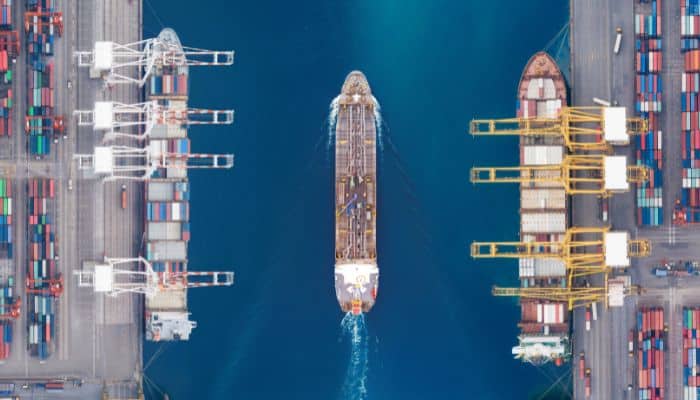Shipping costs have increased manifold, especially for energy supplies, resulting from the Russian invasion of Ukraine, which shows no signs of abating soon.
Vessels are transporting LNG, Diesel and Crude oil to European nations from far to replace Russian products and energy supplies. Hence ships are occupied for longer durations which has prolonged their return to service. Shipping experts comment that this has rapidly increased international freight costs.
The crisis has been exacerbated as Europe prepares for winter while Asian countries face a shortage of ships to supply fuel.
LNG transportation rates are at a peak level at this time and could surpass last year’s costs. Baltic Exchange data reports that the costs of shipping US oil to China are the highest this year. Shipping costs of Naphtha petrochemical feedstock from the Middle East to Japan have doubled since 2020.
These conditions threaten Asian economies, which could face difficulties if the weather gets freezing, as they depend on US oil and gas imports. This winter, only a few ships are available for hire, and only for short journeys, said Oystein Kalleklev, chief executive officer of shipowner Flex LNG Management AS.
Since shipping companies book vessels earlier for winters, the energy majors refuse to release LNG vessels as they do at the end of summers. Petroleum tankers are being kept on hire, using additional fuel to go to and from Singapore and Malaysia only for retaining them for more extended periods, say shipbrokers and traders.
“What we’ve seen in shipping this year has been remarkable due to the war in Ukraine,” said Peter Sand, chief analyst at Xeneta, a freight market analytics platform.
Bloomberg, EconomicTimes






